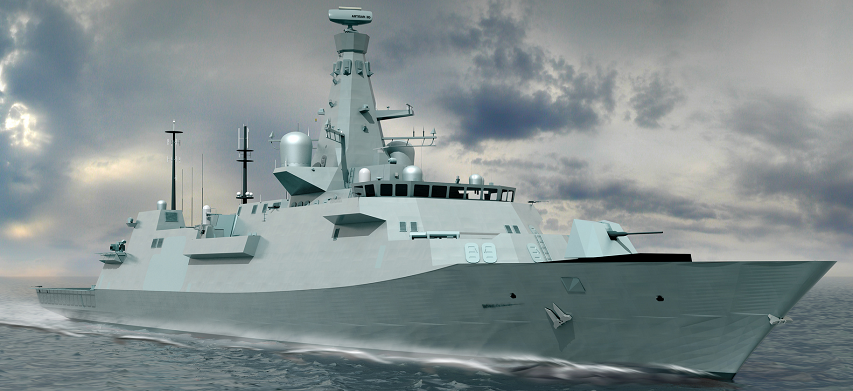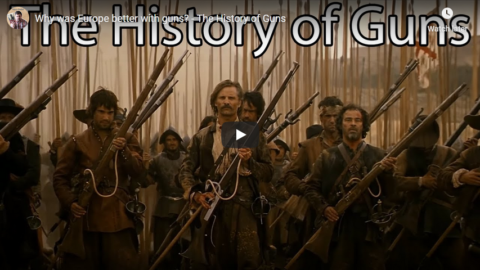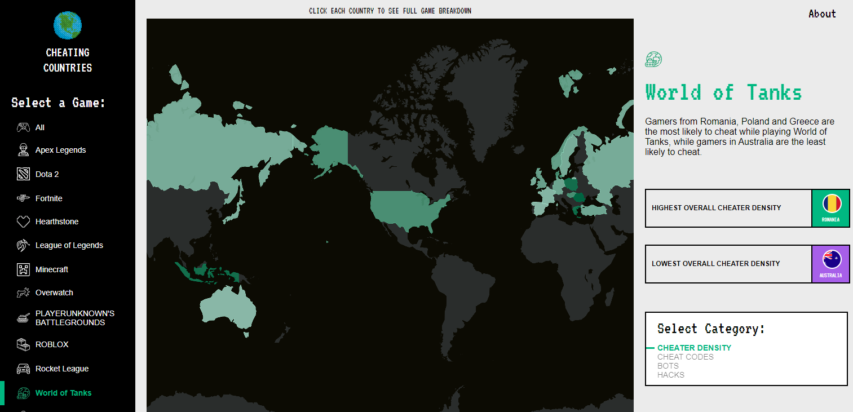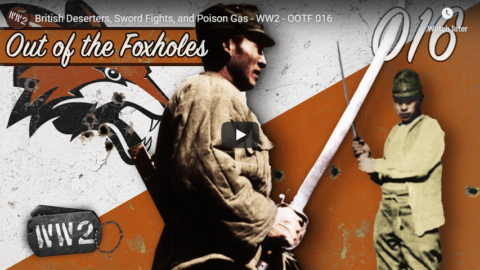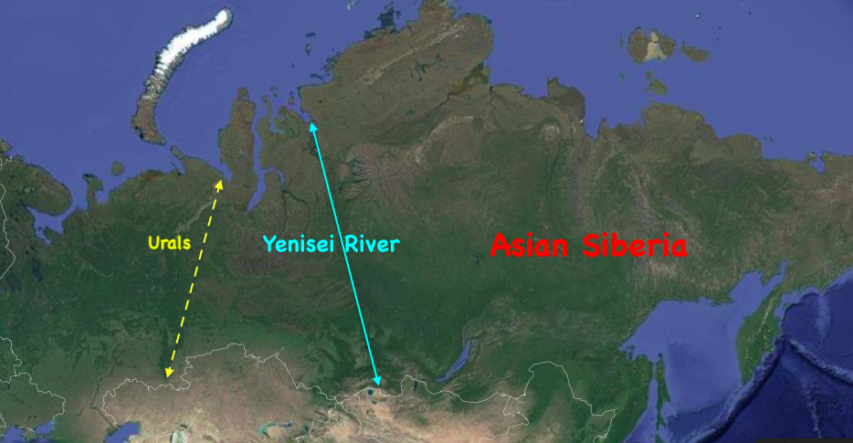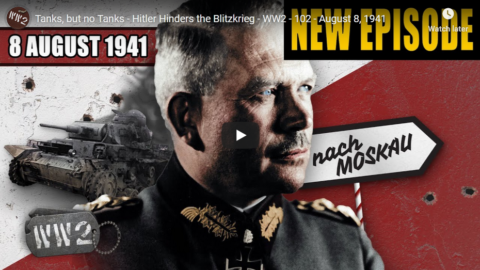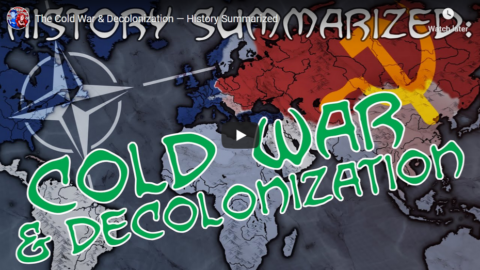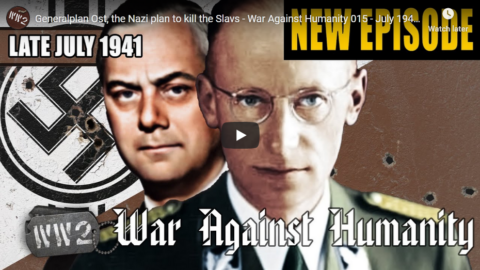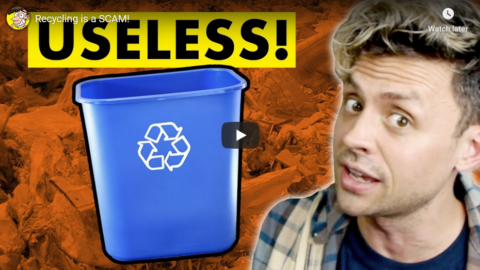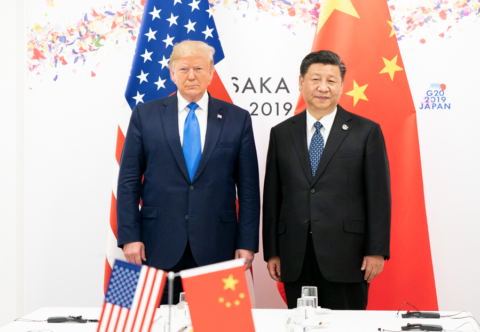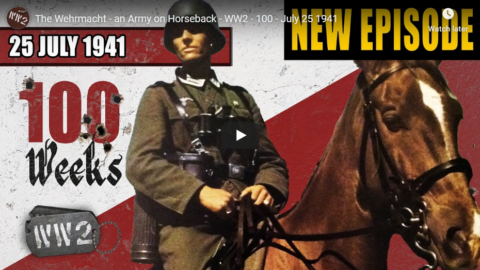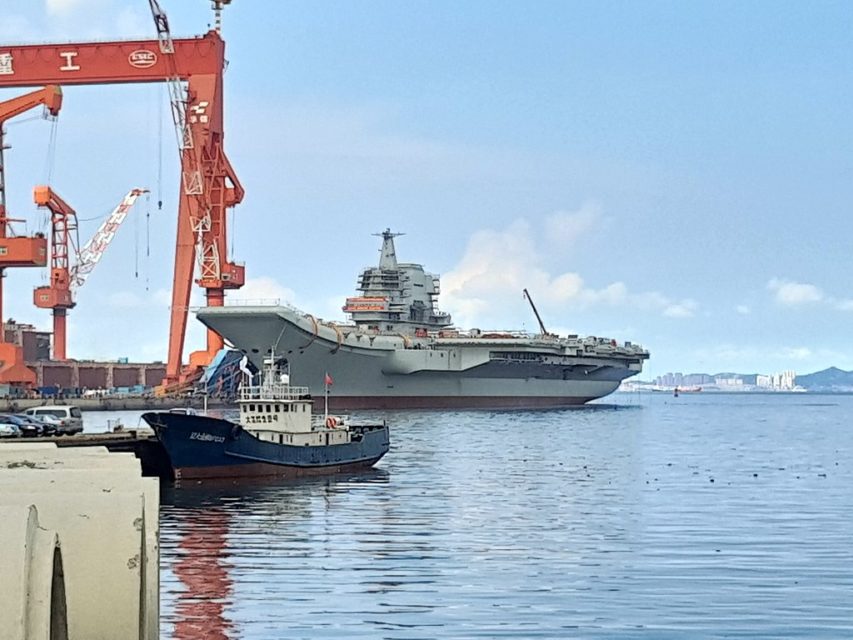Henrik Tiemroth on the “glass ceiling” that Chinese technology companies are struggling with:
The rise of Chinese technology firms has been one of the major developments of the last decade. As some of those companies expand their operations overseas, some observers see China laying the groundwork for a broader imperial project, using their growing digital might to project power and influence. By 2030, will we all be sending messages on WeChat, searching on Baidu, and shopping on Alibaba?
Probably not. As China’s major tech firms attempt to expand to global markets, they are running into a glass ceiling of their government’s own making: people don’t trust them. The recent ban on ByteDance’s popular social media app TikTok in the United States demonstrates the extent – and the limits – of China’s digital ambitions.
TikTok was the first Chinese internet product to have a mass following in the United States. As of 2020, the app has 100 million active users in the US – about a third of the population. But the popular and seemingly innocuous app for making, viewing and sharing quippy homemade music videos has been declared a national security threat.
In August, President Trump signed an executive order effectively banning the app, along with WeChat, unless their US operations are taken over by a domestic company. Given the close links between Chinese companies like ByteDance and the government, they argue, the data collected on American users of the app could be used by the Chinese state for espionage or other nefarious purposes.
The Trump administration is not the first government to take this step. In July, India banned TikTok, along with 59 other Chinese apps, amid rising tensions with China. The government cited similar concerns about the potential for mining and misuse of private data. Indonesia temporarily banned the platform in 2018, and Japan is reportedly considering following the US’s lead.
Across the world, people are becoming warier of who uses their data and how. Lawmakers are perking up, as the implications of data for national security are becoming more clear. In 2018, the European Union implemented landmark data privacy laws. In the US, tech CEOs are regularly dragged before congressional committees and a bipartisan movement for regulation is building.
Chinese internet companies face those same concerns and then some. It’s one thing to have your personal data used to promote conspicuous consumption. It’s another entirely to have it weaponized by a sophisticated digital surveillance state at the cutting edge of data-driven totalitarianism.


